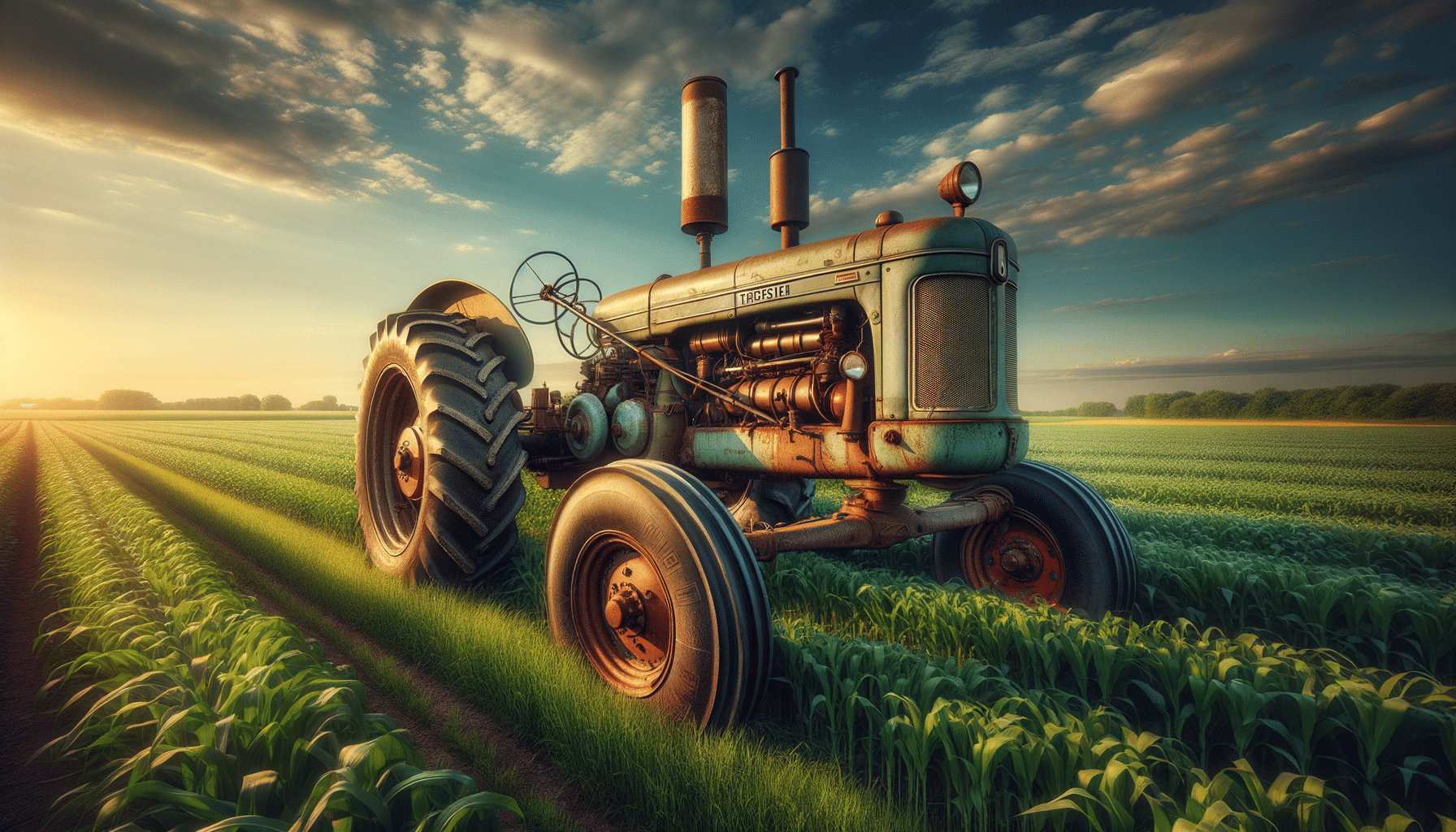
Understanding Tractor Costs and Financing Options in the USA
Introduction to Tractor Costs
In the world of agriculture and property management, tractors play an indispensable role. They are the workhorses that help in plowing fields, transporting goods, and performing a variety of tasks that are essential for maintaining large properties. However, the cost of acquiring a tractor can be substantial, and understanding these costs is crucial for anyone looking to invest in this essential equipment.
Tractor costs in the USA vary significantly based on several factors such as brand, model, and size. New models with advanced features and capabilities are generally more expensive than older, used options. Additionally, the size of the tractor, which often correlates with its power and capabilities, can also impact the cost. Larger tractors designed for extensive farming operations naturally come with a higher price tag compared to smaller, more compact models designed for small-scale operations or personal property maintenance.
Beyond the base cost of the tractor itself, additional expenses must be considered. Attachments and implements, which are necessary for performing specific tasks, can add to the overall cost. Moreover, the condition of the tractor, particularly in the case of used equipment, can greatly influence pricing. Buyers must evaluate the wear and tear on used tractors to ensure they are making a sound investment.
Breaking Down the Costs
The financial commitment involved in purchasing a tractor extends beyond the initial purchase price. Potential buyers should be aware of several key components that contribute to the overall cost:
- Base Price: This is the starting cost of the tractor without any additional features or attachments. It varies by brand and model.
- Attachments and Implements: Depending on the tasks you plan to perform, you may need to invest in various attachments, such as plows, mowers, or loaders.
- Maintenance and Repairs: Like any machinery, tractors require regular maintenance and may need repairs over time. These costs should be factored into your budget.
- Insurance: Protecting your investment with insurance is advisable, and this cost will vary based on the coverage and the value of the equipment.
By understanding these components, buyers can better prepare for the financial responsibilities associated with owning a tractor.
Financing Options for Tractors
Given the significant investment required to purchase a tractor, many buyers explore financing options to make the purchase more manageable. Financing can provide the flexibility needed to acquire the equipment without depleting capital reserves.
Several financing avenues are available for prospective tractor buyers:
- Manufacturer Financing: Many tractor manufacturers offer financing programs directly to customers. These programs often come with competitive interest rates and flexible terms.
- Bank Loans: Traditional bank loans are another option. Buyers can secure a loan through their bank, which might offer attractive rates for established customers.
- Lease-to-Own Programs: Leasing allows for lower initial costs and can include options to purchase the tractor at the end of the lease period.
- Government Programs: In some cases, government programs may offer financing assistance for agricultural equipment purchases, particularly for small or beginning farmers.
Each option comes with its own set of terms and conditions, and buyers should carefully evaluate these to find the solution that best fits their financial situation and long-term goals.
New vs. Used Tractors: Cost Considerations
When deciding between new and used tractors, cost is a primary consideration. New tractors come with the latest technology and warranties, but they also come at a premium price. Used tractors, on the other hand, can offer significant savings, but they require careful evaluation to ensure they are in good condition and will not incur excessive maintenance costs.
Some factors to consider when choosing between new and used include:
- Budget Constraints: Determine how much you can afford to spend upfront and over the life of the tractor.
- Technology Needs: Consider whether you need the latest technology and features, which are typically only available on new models.
- Warranty and Support: New tractors often come with warranties and customer support, which can provide peace of mind.
- Depreciation: New tractors depreciate quickly, while used tractors may hold their value better over time.
Ultimately, the decision will depend on the buyer’s specific needs and financial situation.
Conclusion: Making an Informed Decision
Purchasing a tractor is a significant investment that requires careful consideration of various factors, including costs, financing options, and whether to buy new or used. By understanding the intricacies of tractor costs and exploring available financing options, buyers can make informed decisions that align with their financial capabilities and operational needs.
Whether you are a seasoned farmer looking to upgrade your equipment or a new entrant into the world of agriculture, taking the time to thoroughly research and evaluate your options will ensure that you select the right tractor to meet your needs. With the right information and planning, acquiring a tractor can be a smooth and successful process, contributing to the efficiency and productivity of your operations.


